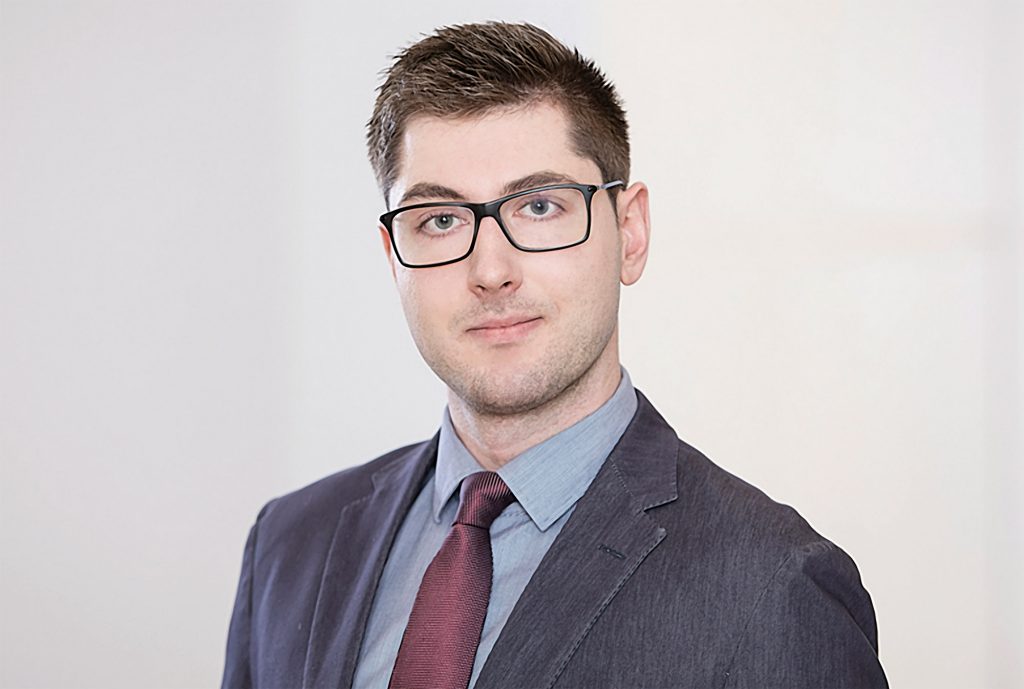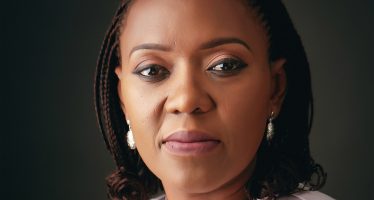Vladislav Gounas: Whenever in Doubt, Choose Passive Over Active Investing
Vladislav Gounas, director of quantitative investment solutions at Deutsche Oppenheim Family Office AG, has years of experience in strategic asset allocation and risk-management.

Director of Quantitative Investment Solutions: Vladislav Gounas
Over his time with the family office, he has consulted with, and advised, high-net-worth individuals, foundations, and institutional investors on projects of varying complexity and size.
Gounas holds a PhD in Finance from EDHEC Business School, where he conducted research in the field of algorithmic trading strategies. “My day-to-day job consists of applying quantitative techniques and insights from academic research into practice,” he says. “The biggest challenge for investors is uncertainty. Quantitative models can provide them with the necessary tools to form an informed investment decision.”
Before investing real money, every Deutsche Oppenheim client undergoes an extensive process, starting with strategic asset allocation. That translates client preferences for return and risk-tolerance into a strategy.
“Strategic asset allocation is the most important step in every investment process,” Gounas believes, “because it determines the success or failure of strategies.
“In this step, only the client decides, while our function is to support them in formulating an investment decision by developing quantitative statistics of future opportunities and risks.”
Once the client has defined the strategic asset allocation, Deutsche Oppenheim offers a natural implementation with its PassivePlus concept. Exchange-traded funds (ETFs) form the core of the concept as evidence shows that passive investments outperform active ones in many markets.
According to Gounas, the US stock market provides the best example. “However, in a few markets, managers have generated persistent ‘Alpha’ over time, such as in European or emerging stock markets,” he says. “We invest resources and effort in differentiating whether markets provide that potential or not. When in doubt, we always choose a passive investment.”
If a market offers potential, the next step is to diversify across Alpha sources and management styles. “Diversification across managers is key, because it means we don’t need to be right about all the funds we choose,” says Gounas. “We need only be right about some of them — which makes a decisive difference, from an econometric point of view.”
Diversification across managers also reduces cluster risks, avoids implicit “style bets”, and produces an attractive risk-return profile relative to the strategic benchmark. “The key idea of PassivePlus is to start from a purely passive investment. Active funds are only taken into consideration if they can provide real value from a statistical standpoint.
“Even then, they serve the sole purpose of financing the costs of our passive investments.”
The PassivePlus concept has shown empirical success, consistently performing among the top 10 percent of funds of its Morningstar peer group.
You may have an interest in also reading…
YOA Insurance Brokers: Changing the Insurance Narrative — and Upscaling Professionalism
YOA Insurance brokers started out over 20 years ago with the mission to provide risk management services in Nigeria’s oil,
Reitan Convenience: Value-Based Leadership to Drive Sustainability Effort
With a 125-year history of convenience retailing, Reitan Convenience has an established and enviable position in the convenience market. With
Etihad Credit Insurance’s CEO Massimo Falcioni: Export Credit Company Key to United Arab Emirates Resilience
Its database includes commercial information on no less than 320 million business entities worldwide, from the proverbial corner shop to



















































































